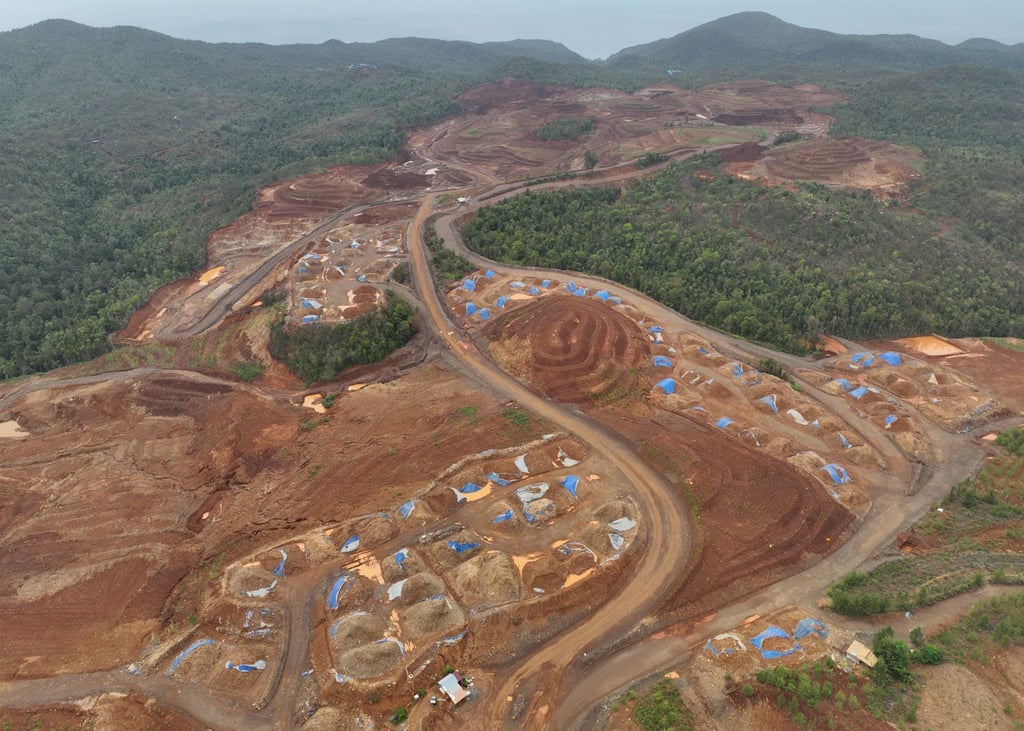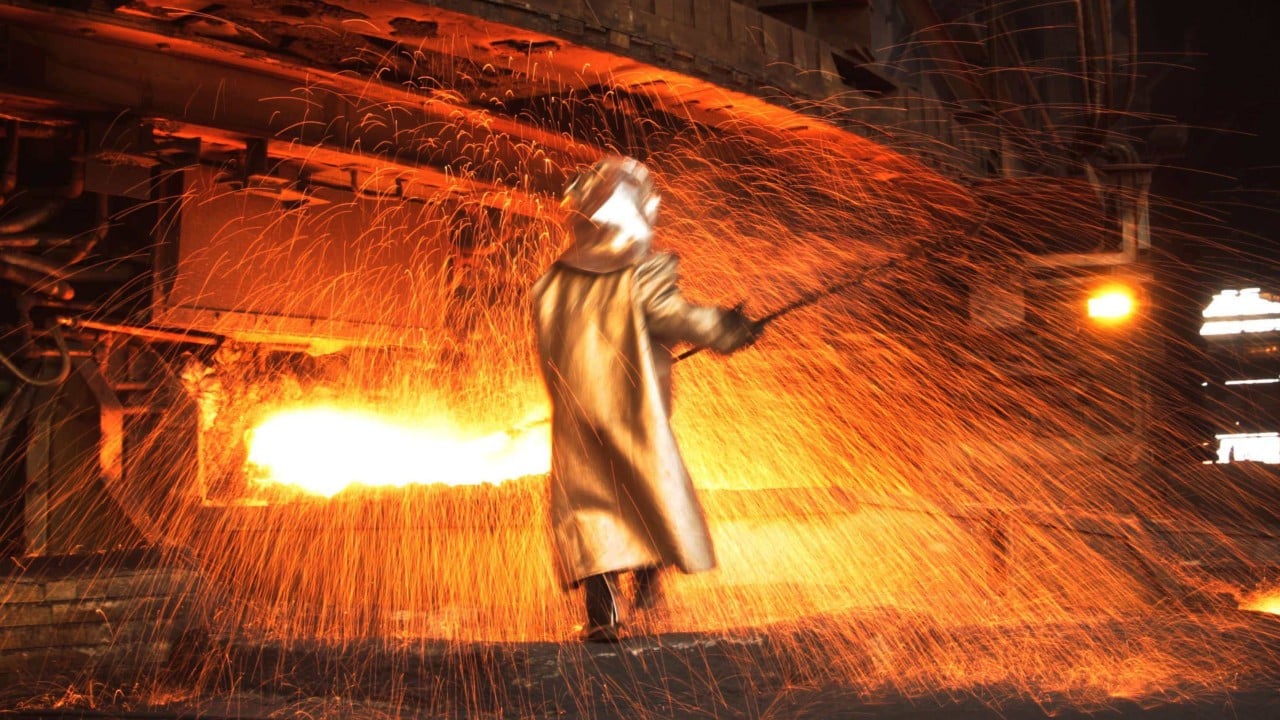Indonesia’s move to raise royalties on lucrative commodities offers an opportunity for the global nickel powerhouse to boost state revenue and fund President Prabowo Subianto’s ambitious flagship programmes. But it is facing resistance from mining groups.
Advertisement
The new royalty structure, implemented at the end of April, affects minerals including nickel, copper, tin, gold and bauxite. Nickel royalties, for example, have risen from a flat rate of 10 per cent to a range of 14 to 19 per cent.
Mining industry leaders warn that the increase could cut into profits and disrupt operations. Indonesian officials, however, say the policy will ultimately benefit Southeast Asia’s largest economy and make investments in the commodities sector more sustainable.
Cecep Mochammad Yasin, director of mineral business development at the Ministry of Energy and Mineral Resources, called it “a critical step towards ensuring that our natural resources give optimum benefits to all Indonesians”.
Indonesia holds the world’s largest proven nickel reserves and has focused on leveraging the commodity, vital for producing stainless steel and EV batteries, to strengthen its manufacturing sector. The approach has spurred billions of dollars in investment in recent years, primarily from Chinese firms such as steelmaker Tsingshan and battery giant CATL.

Today, Indonesia leads the global nickel mining and smelting industry, producing nearly half of the world’s refined nickel and two-thirds of its mined nickel, primarily on the islands of Sulawesi and Maluku.

